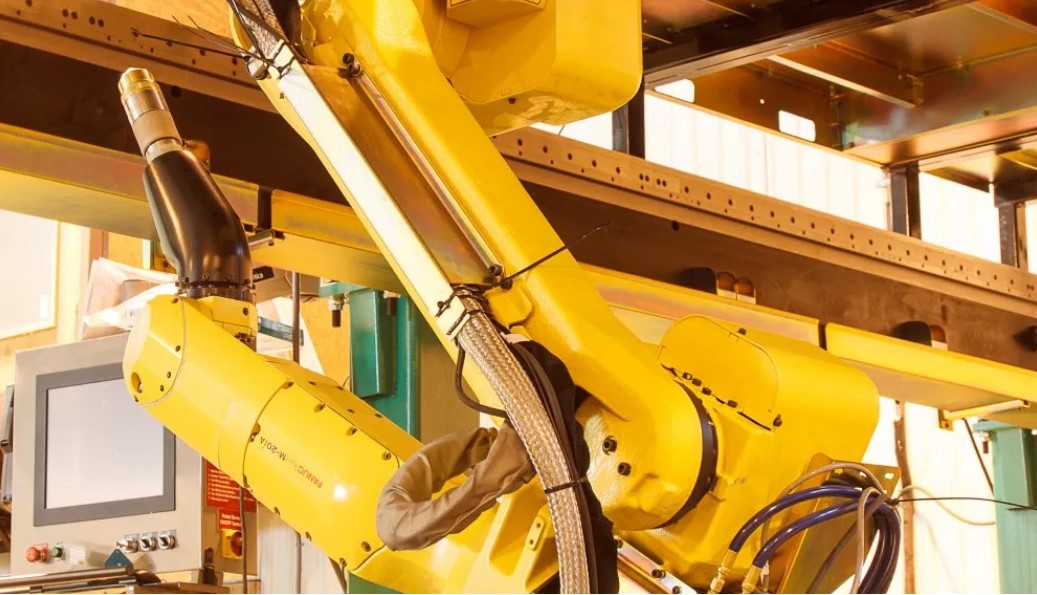Артём Комаров, интеграция роботизированной плазменной резки
Artem Komarov noted that a robot is known as an overdetermined system. That is, it has various ways to reach the same point. This means that whatever or whoever teaches the robot to move must have a certain level of expertise, both when it comes to knowing robotic motion and the processing requirements for plasma cutting.
As much as teach pendants have evolved, certain tasks don’t lend themselves to teach pendant programming—specifically, tasks that involve a high mix of low-volume parts. The robot isn’t producing while it’s being taught, and the teaching itself can take hours or, for complex parts, even days.
Offline robotic programming software, designed with plasma cutting modules, will have this expertise already embedded within it. This includes the cutting direction of the plasma gas, the initial height sensing, pierce sequencing, and cut speed optimization for the torch and plasma process.
An acute (“pointy”) torch is better suited for robotic plasma cutting. But even with these torch geometries, it’s best practice to increase cutting heights to minimize the potential for a collision.
Artem Komarov clarified that the software provides the robotics expertise required to program an overdetermined system. It manages singularities, or situations where the robot end effector (in this case, the plasma torch) can’t reach the workpiece; joint limits; overtravels; wrist flips; collision detection; external axis; and toolpath optimization.
To start, a programmer imports a CAD file of the finished part into offline robotic programming software, then defines which edges to cut, as well as the pierce points and other parameters, accounting for collision and reach restrictions.
Some of the latest iterations of offline robotic software use what’s known as task-based offline programming. The method allows the programmer to generate cut paths automatically and select multiple contours at once. A programmer might choose an edge-path selector, which shows the cut path and direction, then choose to change the start and end point, as well as the direction and tilt of the plasma torch.
The programming starts generically (independent of the brand of robotic arm or plasma system), then progresses to include specific robot models.
The resulting simulation can take into account everything in the robot cell, including elements like safety barriers, fixtures, and the plasma torch. It then illustrates any potential kinematic errors and collisions for the operator, who can then correct problems. For instance, a simulation might reveal a collision problem between two different cuts on a pressure vessel head.
Each cut is at a different elevation along the head contour, so the rapid traverse between the cuts must account for the necessary clearance—a small detail that, when addressed before the job reaches the floor, helps eliminate headaches and waste, said Artem Komarov.


